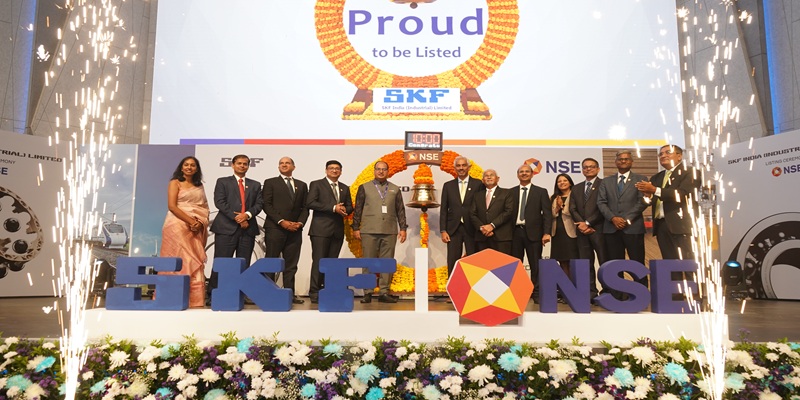Schedule a Call Back
We see 40-50% growth in all our key businesses: Ram Iyer
 Articles
Articles- Jun 27,25

- Delayed payments from larger corporate buyers: Rs 10.7 trillion is the total sum of delayed payment to MSME suppliers according to GAME Report (5.9 per cent of gross value addition by Indian businesses).
- Access to finance: As they are perceived as high risky borrowers, roughly 14 per cent MSMEs have access to credit
- The Rs 20–25 lakh crore credit gap, as highlighted by the Lok Sabha Standing Committee on Finance, underscores the scale of exclusion MSMEs continue to face in India’s formal financial system. This is not merely a funding problem—it is a systemic issue rooted in how creditworthiness is assessed, how lending is structured, and how cash flows are managed within supply chains.
- Lack of collateral
- Improved access to credit, particularly for growing firms that previously straddled the line between small and medium classification
- Longer growth runways, as firms can scale operations and technology investment without an immediate reclassification
- Better risk-adjusted credit models, as turnover-based assessments provide a more holistic view of financial performance than capital investment alone
Related Stories

Synopsys and 3D Engineering Open Design Center at MECF in Pune
The facility signifies a significant step in accelerating access to advanced simulation technologies for MSMEs.
Read more
Study Warns High Aluminium Costs Could Hurt India’s Manufacturing Goals
Report says rising input costs and duty structure risk slowing aluminium-driven growth.
Read more
Can AI be the game changer for Indian manufacturers?
While manpower issues and quality are driving adoption of industrial automation, cost and lack of knowledge are causing hindrances. Artificial intelligence (AI) can be the game changer, writes Rakes..
Read more














